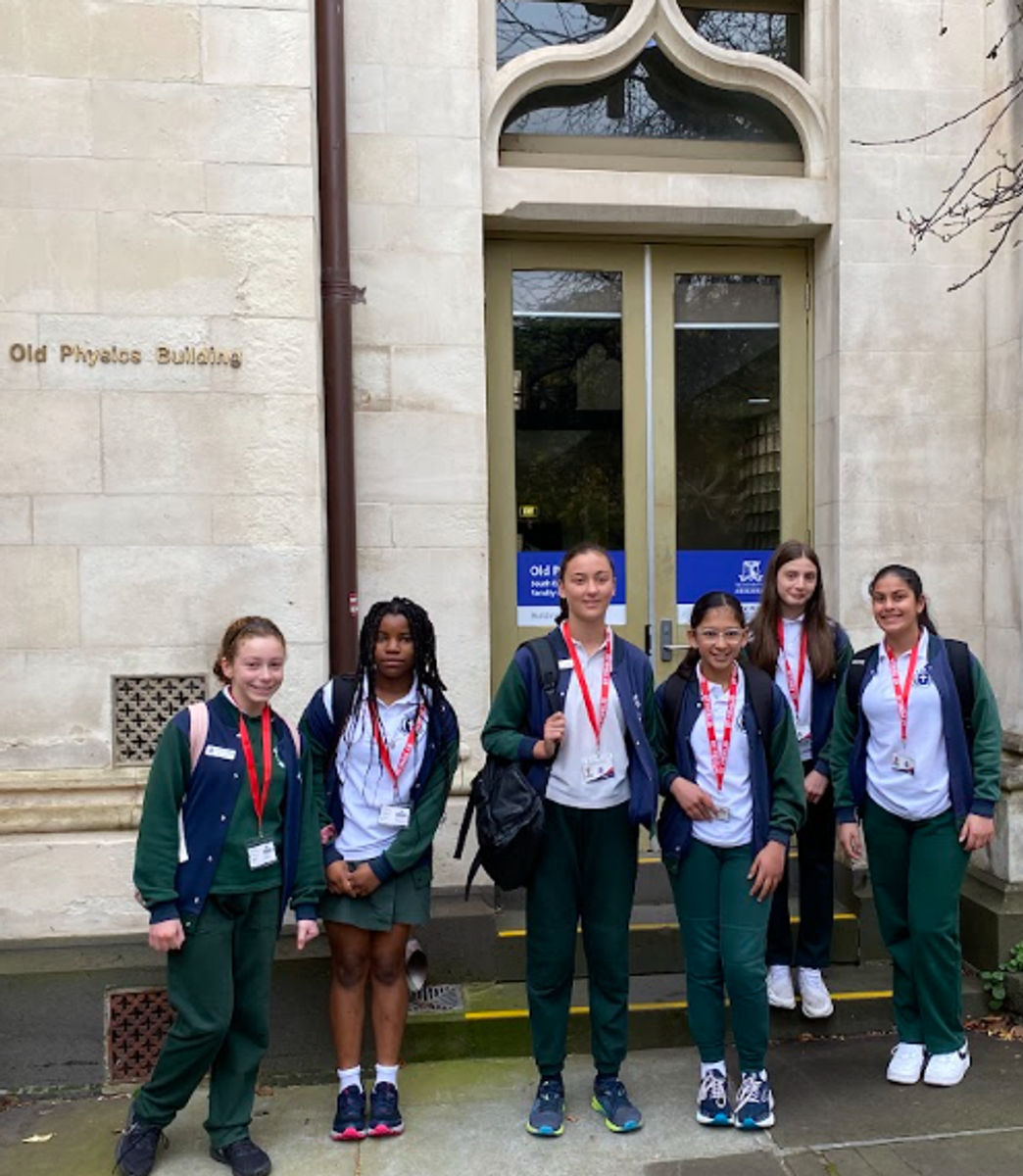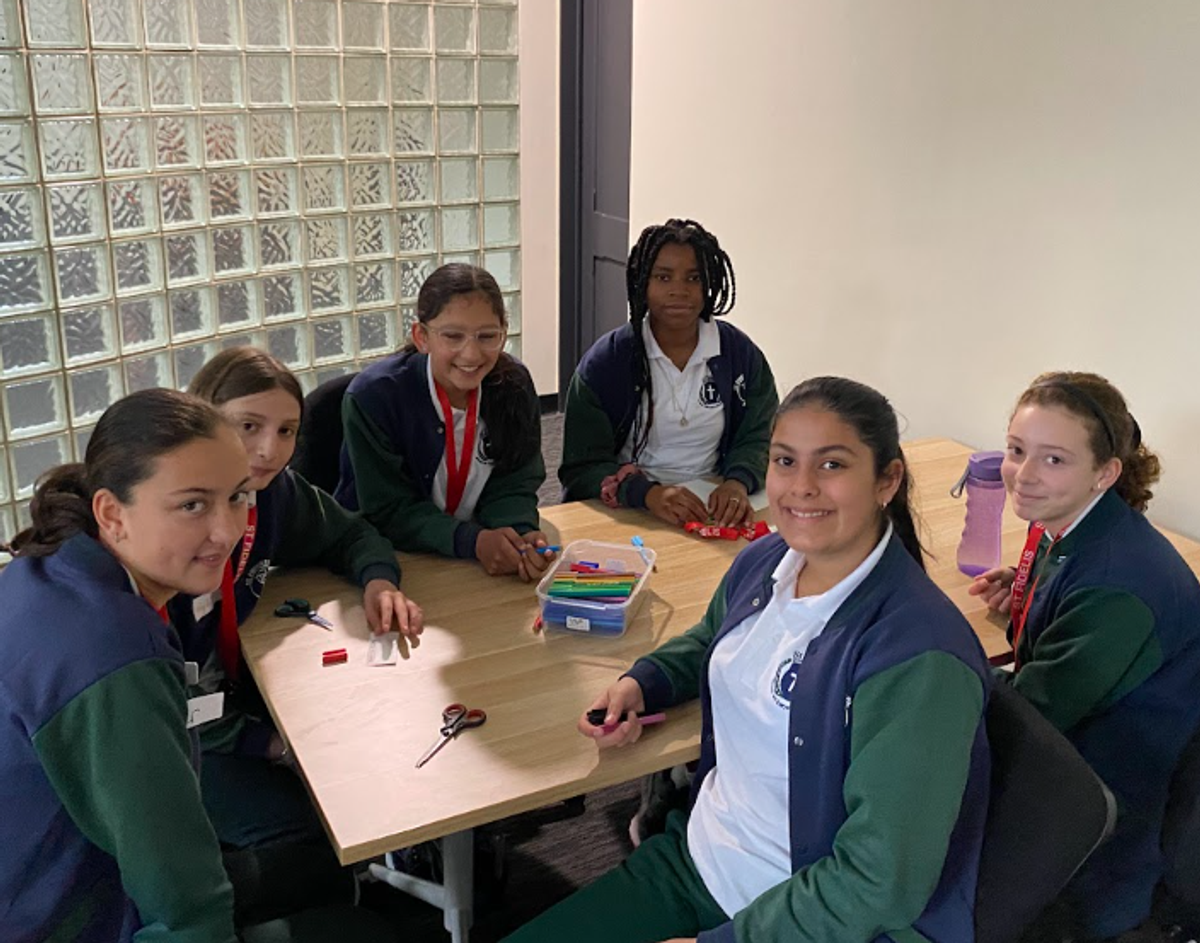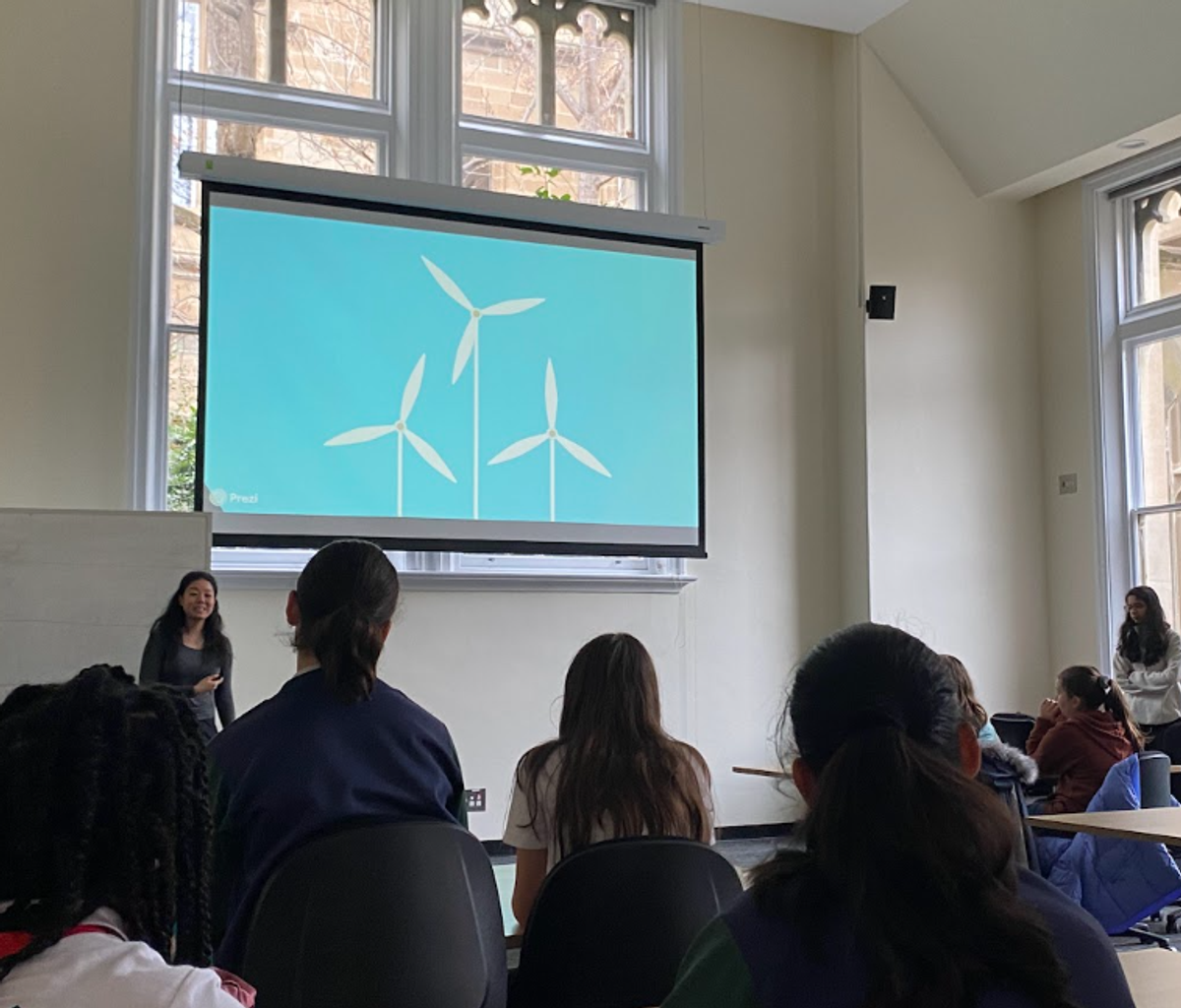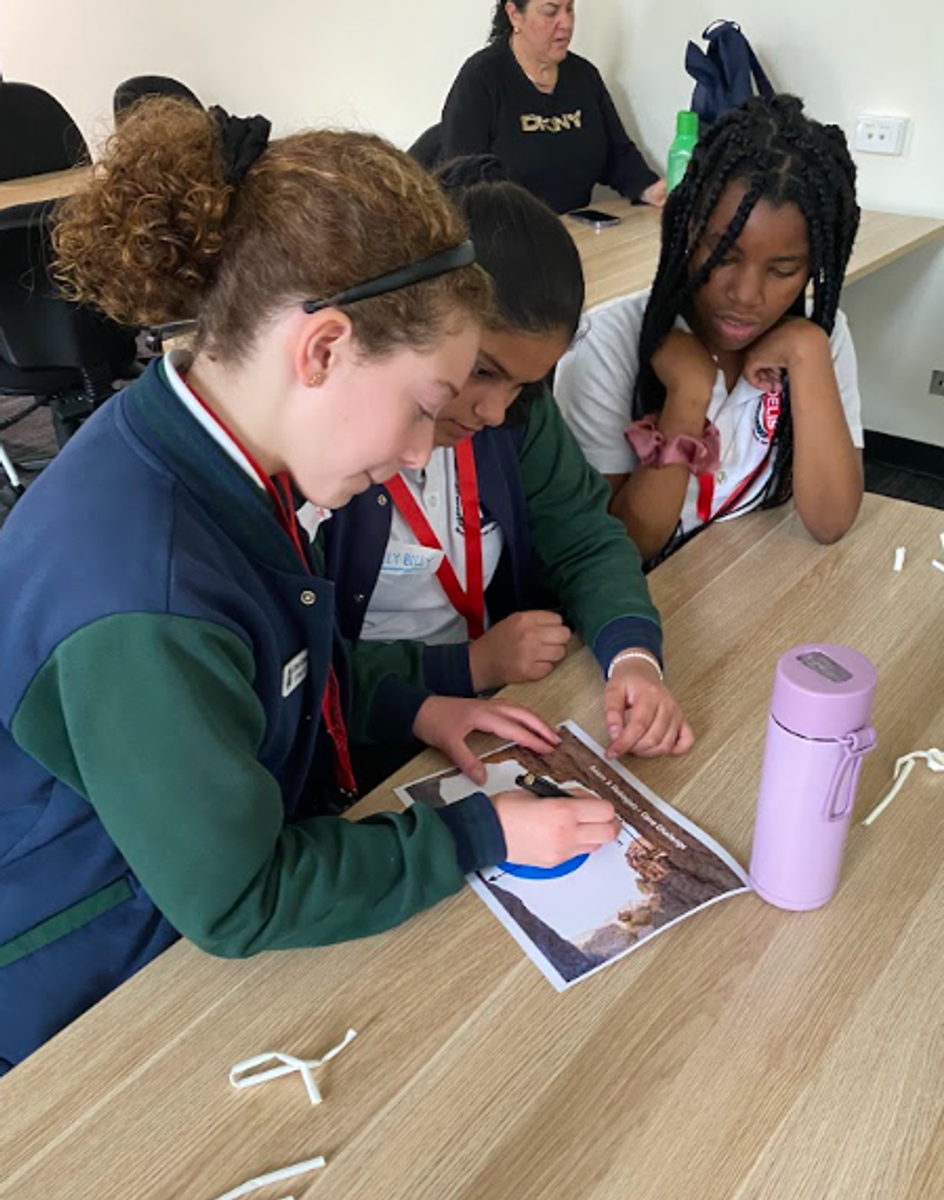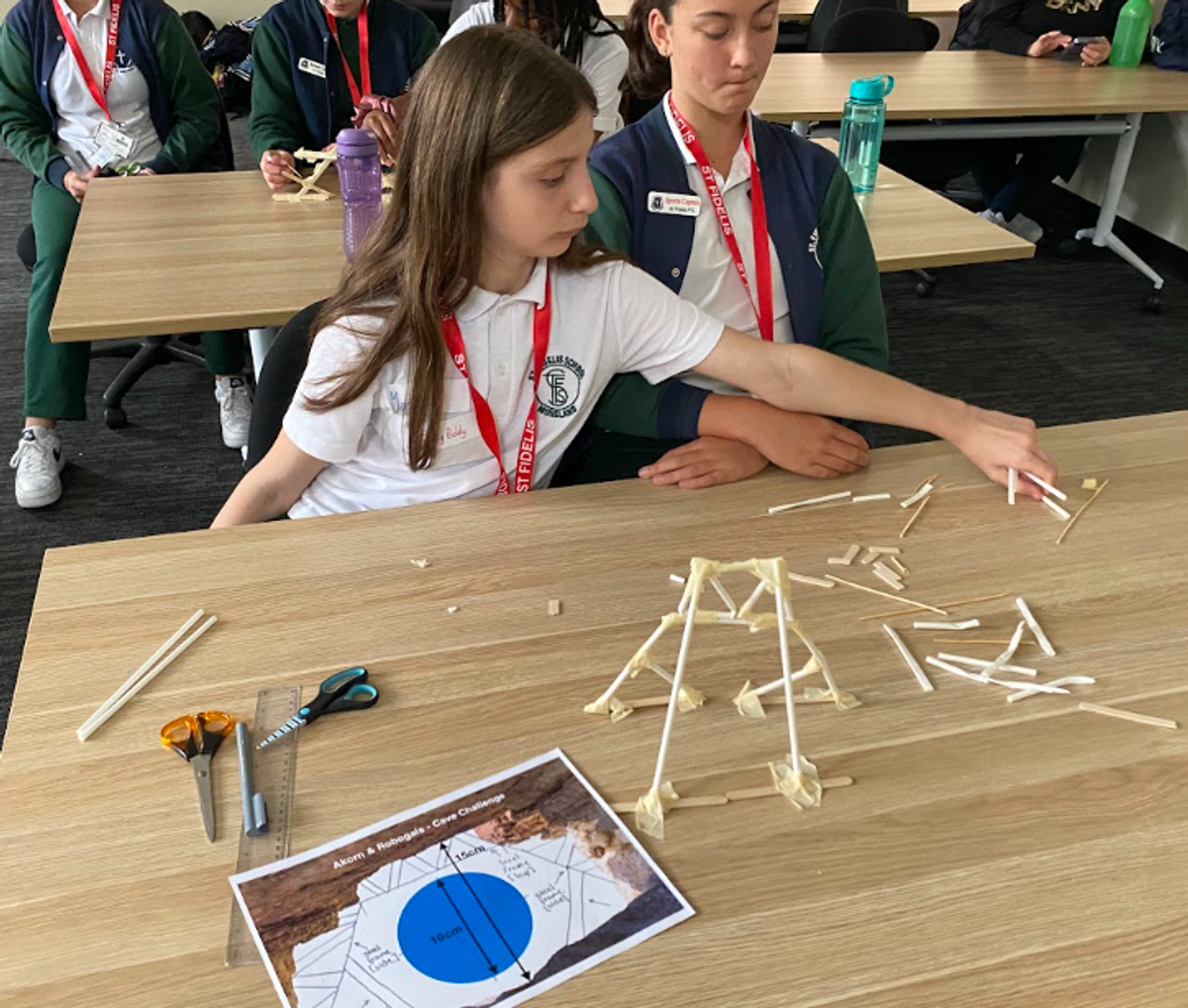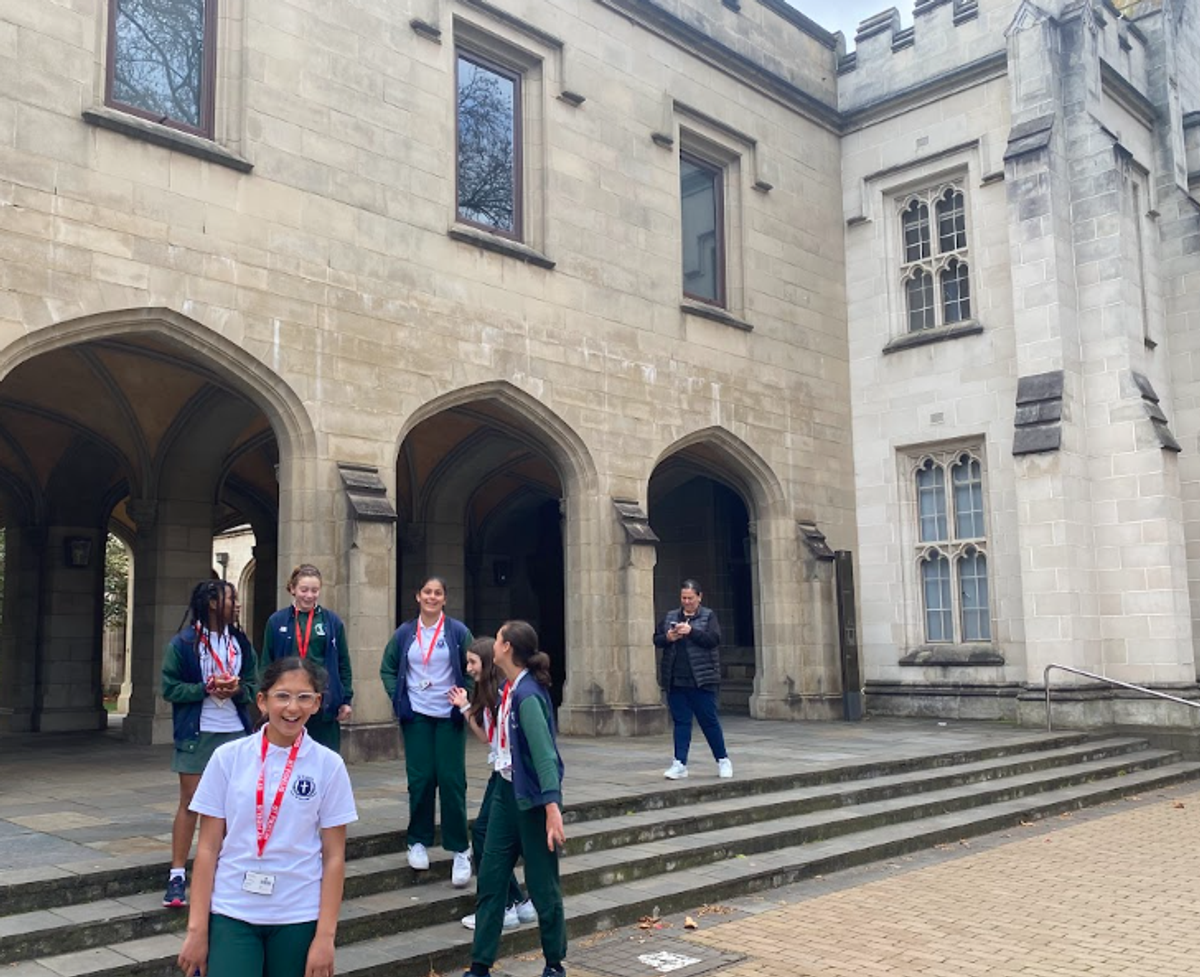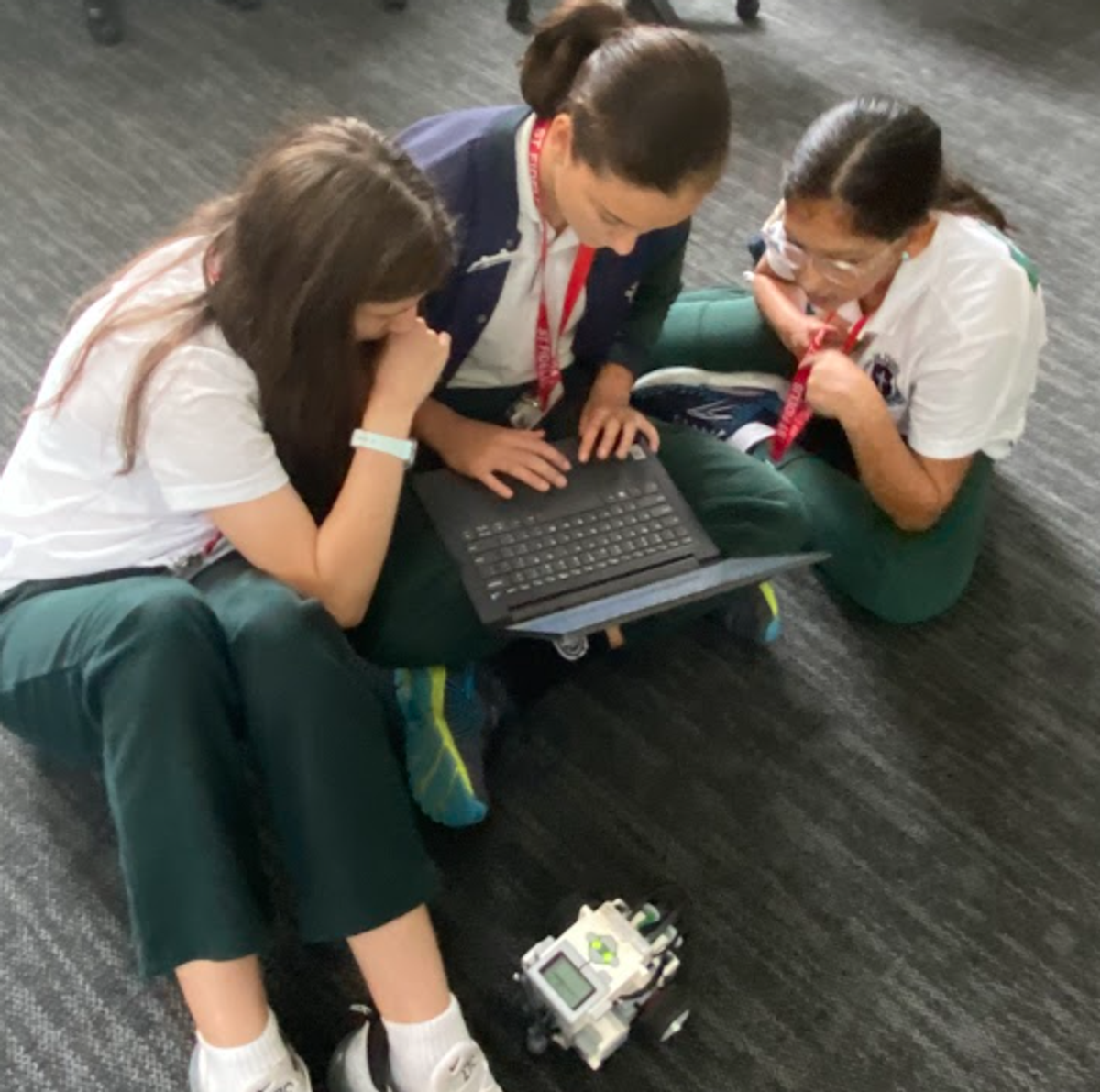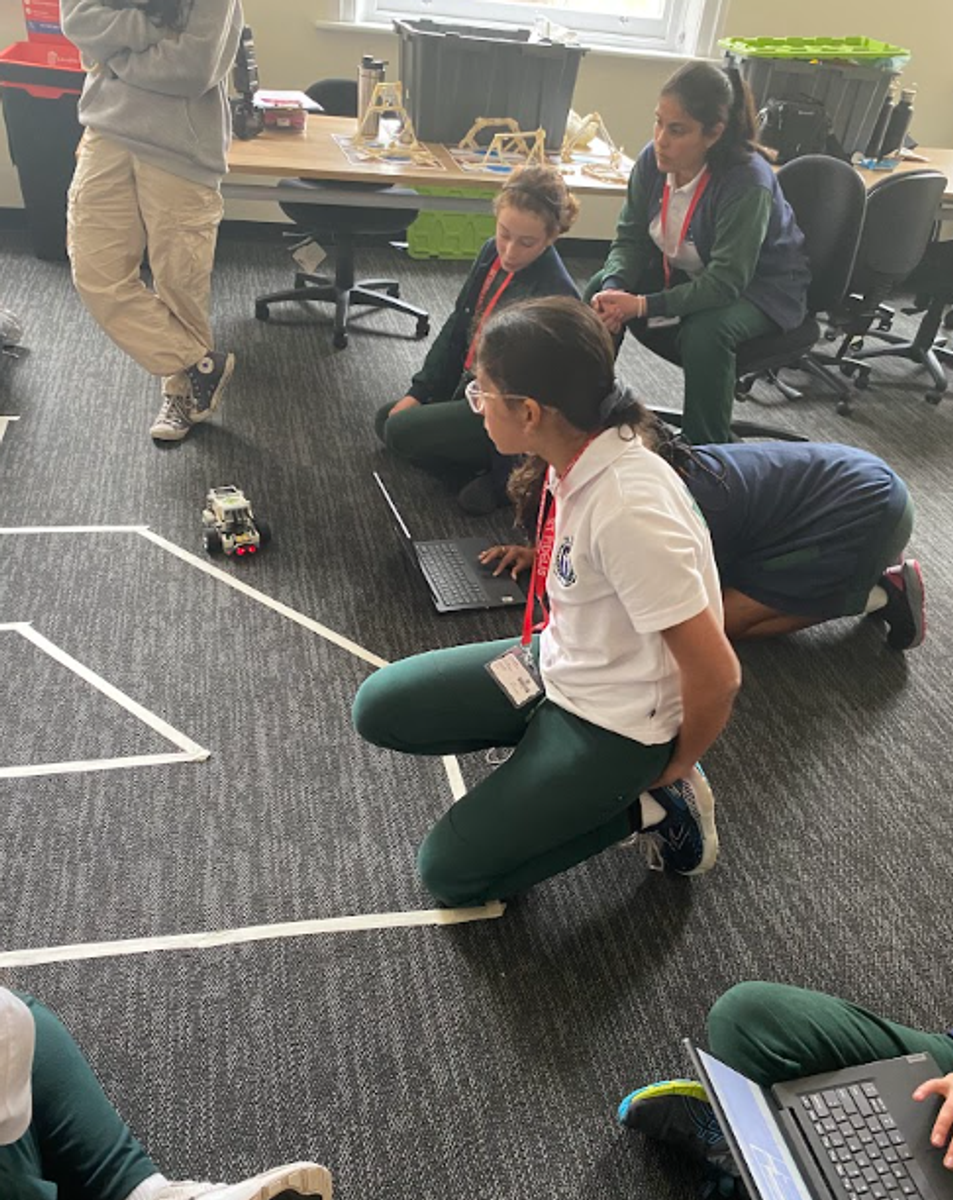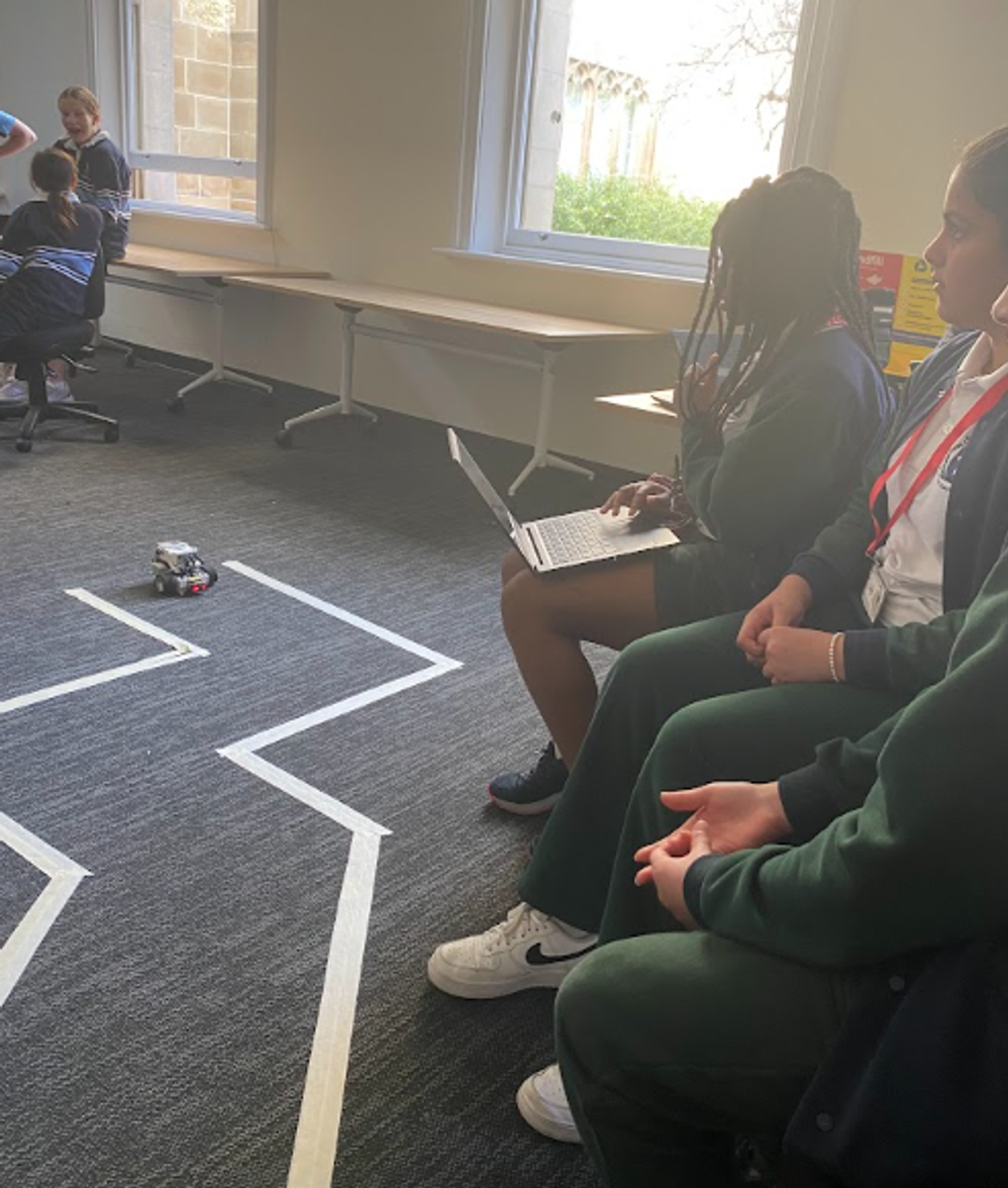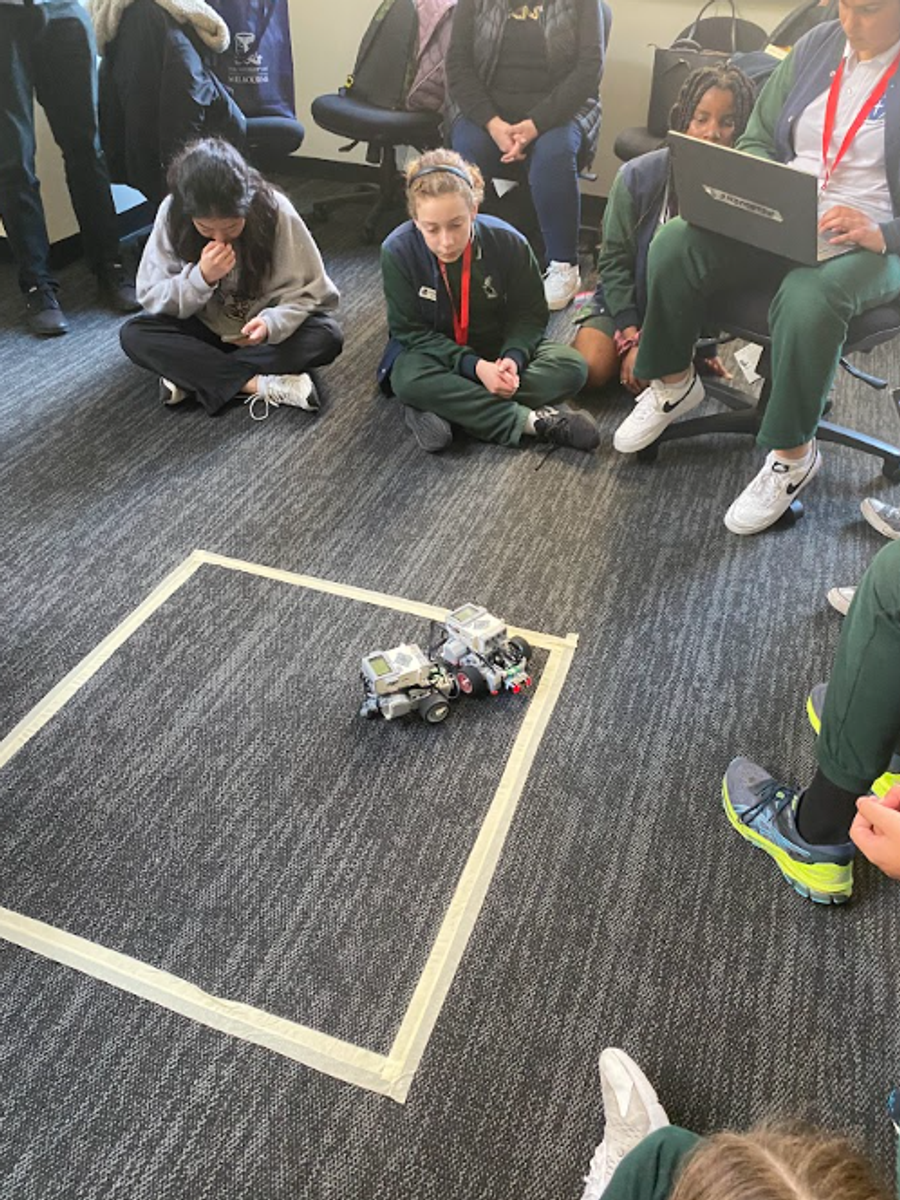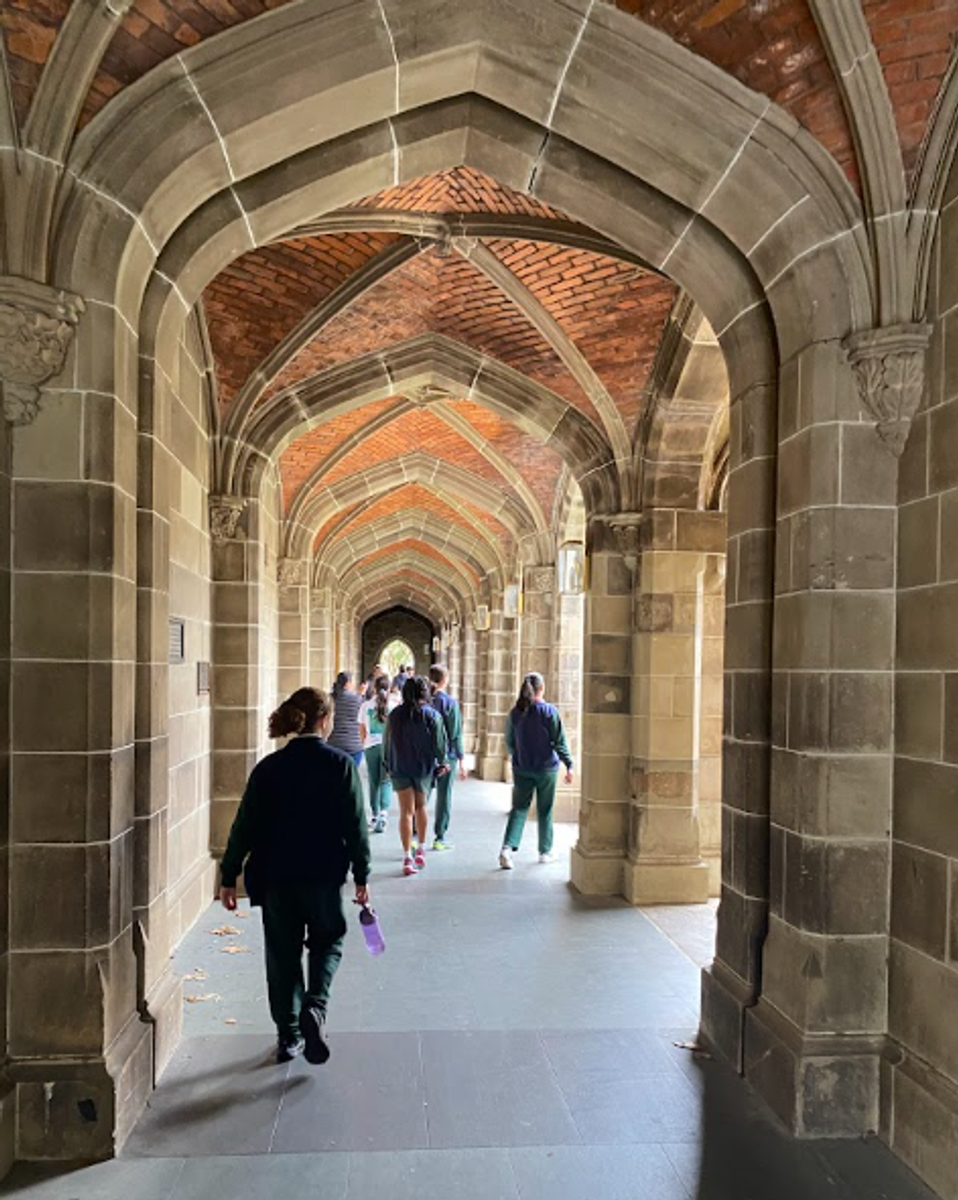Learning & Teaching
Learning and Teaching encompasses the following areas: Student Outcomes, Curriculum, Assessment, Reporting, Principles and Pedagogy.

Learning & Teaching
Learning and Teaching encompasses the following areas: Student Outcomes, Curriculum, Assessment, Reporting, Principles and Pedagogy.
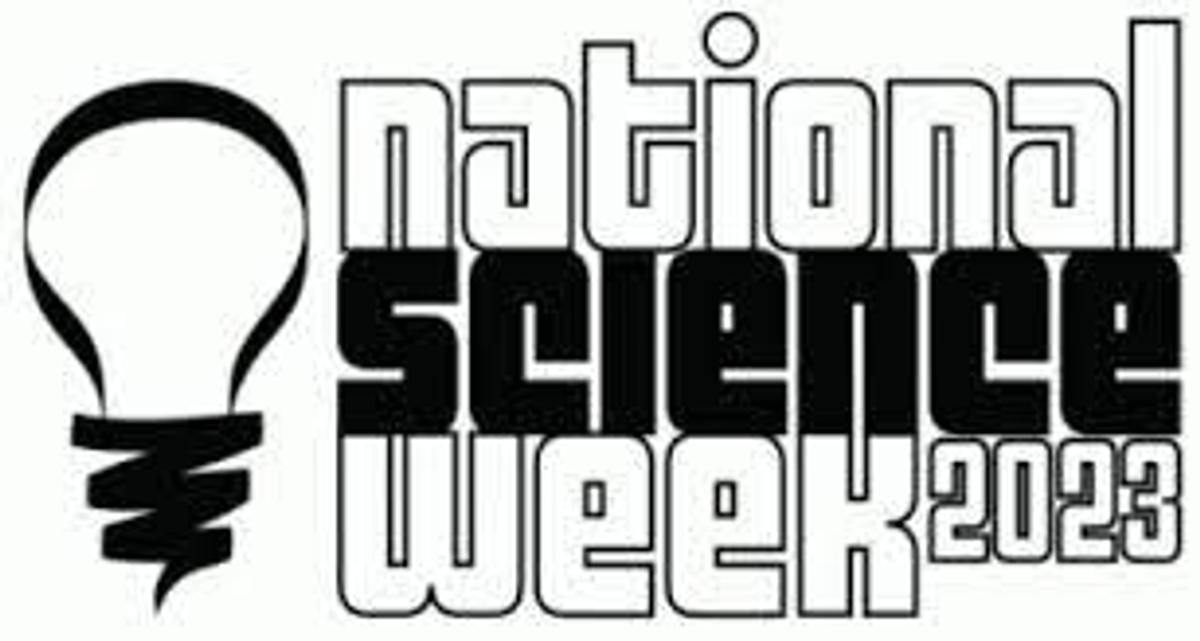

National Science Week promotes and encourages interest in science, engineering, mathematics, technology and innovation. As a school, we will celebrate National Science Week from Monday the 14th to Friday the 18th of August. During the week, students will have the opportunity to be involved in many different learning opportunities to work as Scientists, innovators and researchers. There are many local and free events in August that families can be involved in.
Please please visit https://www.scienceweek.net.au/ and click the find event tab for more information and events. Below are some of the local events you may be interested in.








This national online competition is for students from Year 3 to Year 6. Students will spell 30 random words in the school round held on Thursday the 10th of August. Each student has 25 seconds to spell each word and will be ranked according to the accuracy of their spelling and speed.
After the school rounds are completed on August 18th, students will be selected for the state round based on speed and accuracy. State finalists will be announced on August 21st via email.
If you would like your child to participate, please sign the permission slip. The permission slip must be returned before the 10th of August.
BOOK WEEK
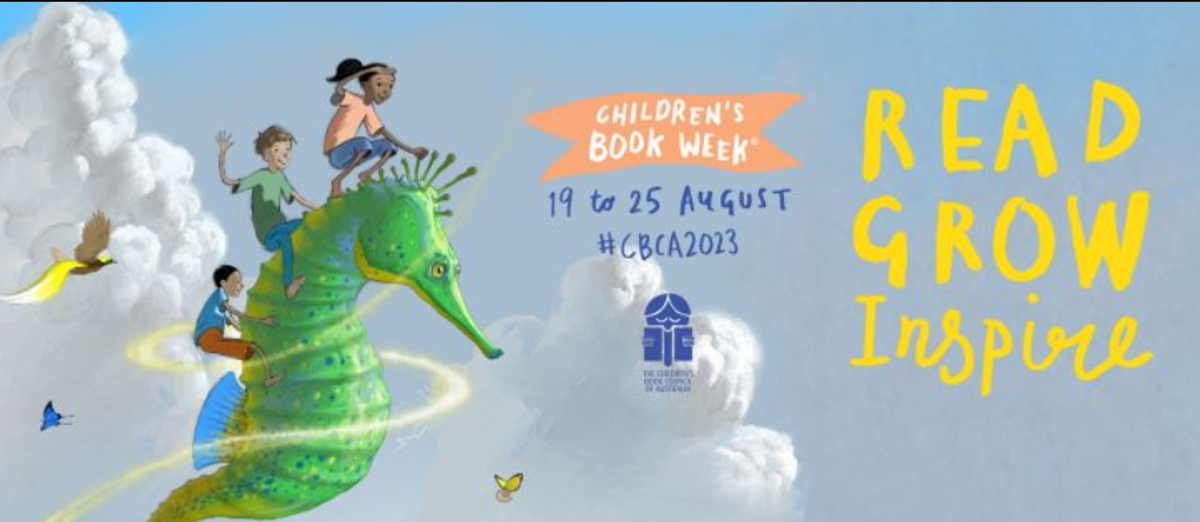

During this week, we as a school will celebrate books and Australian children's authors and illustrators. The classroom teachers and staff will develop activities to promote the love of reading, run competitions and celebrate with a book character parade.
Our Book Parade will be on Friday 25th August at 9 am in our school hall. All families are invited to our special assembly and book parade. Last year all the students had a wonderful day dressing up as their favourite book character. We had some amazing costumes. Here are just a few from last year:
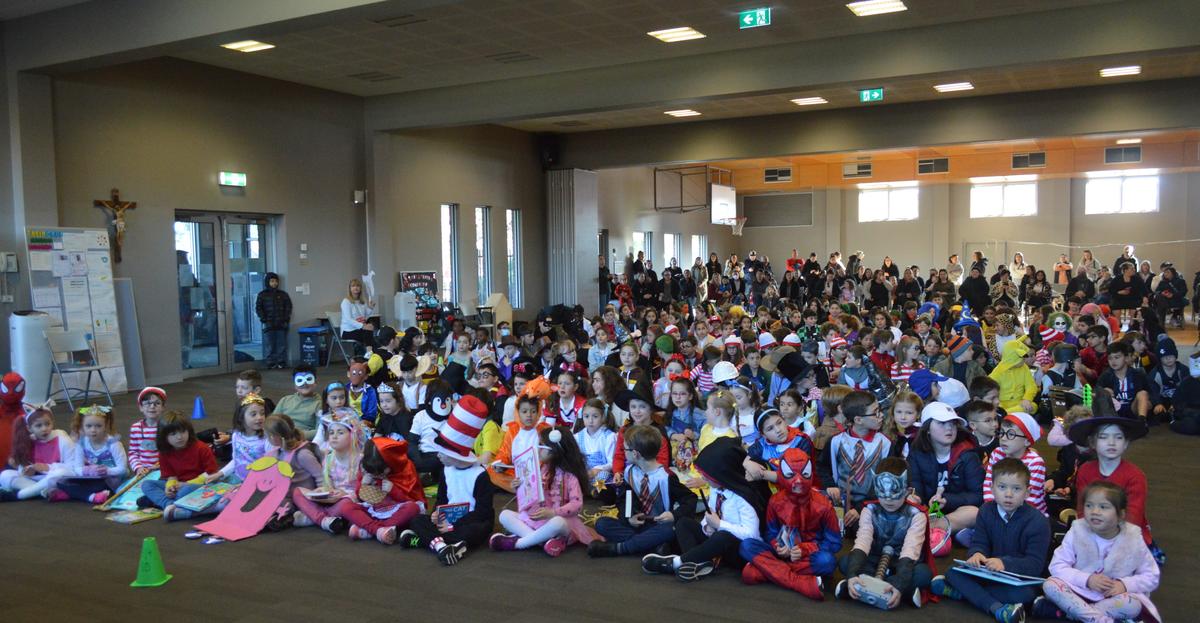
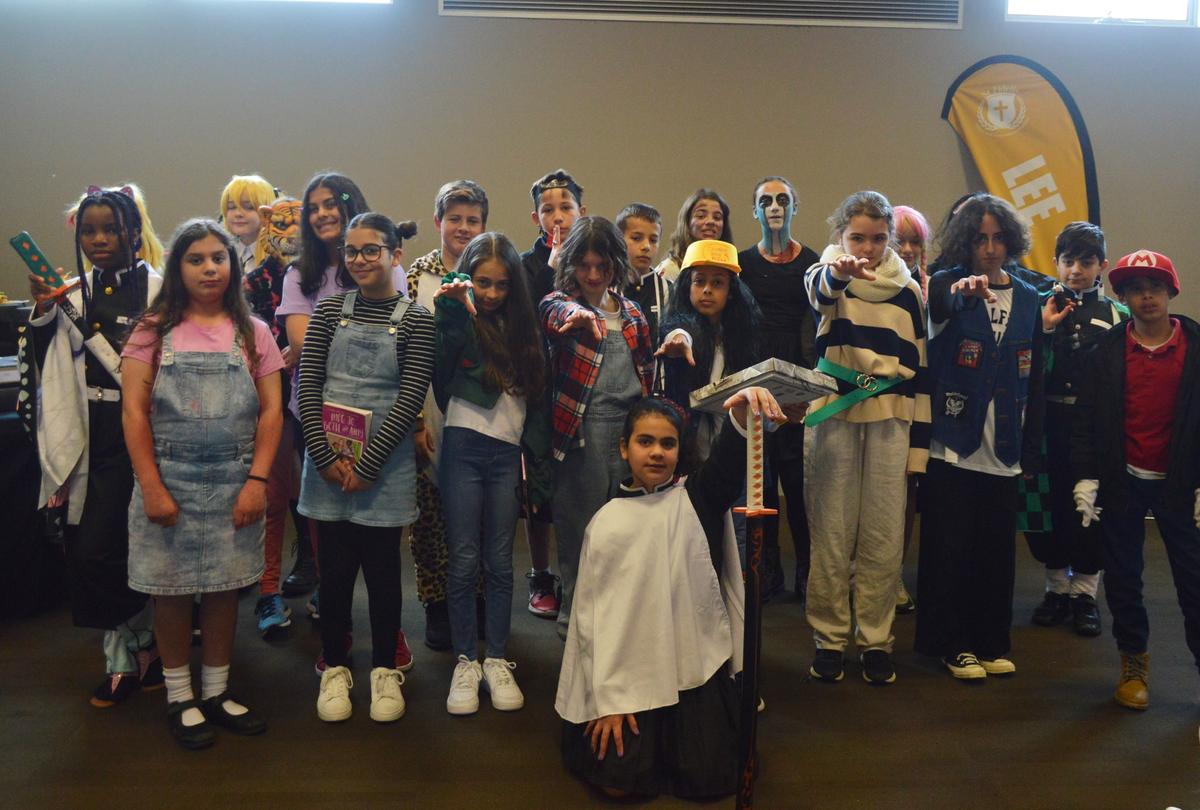






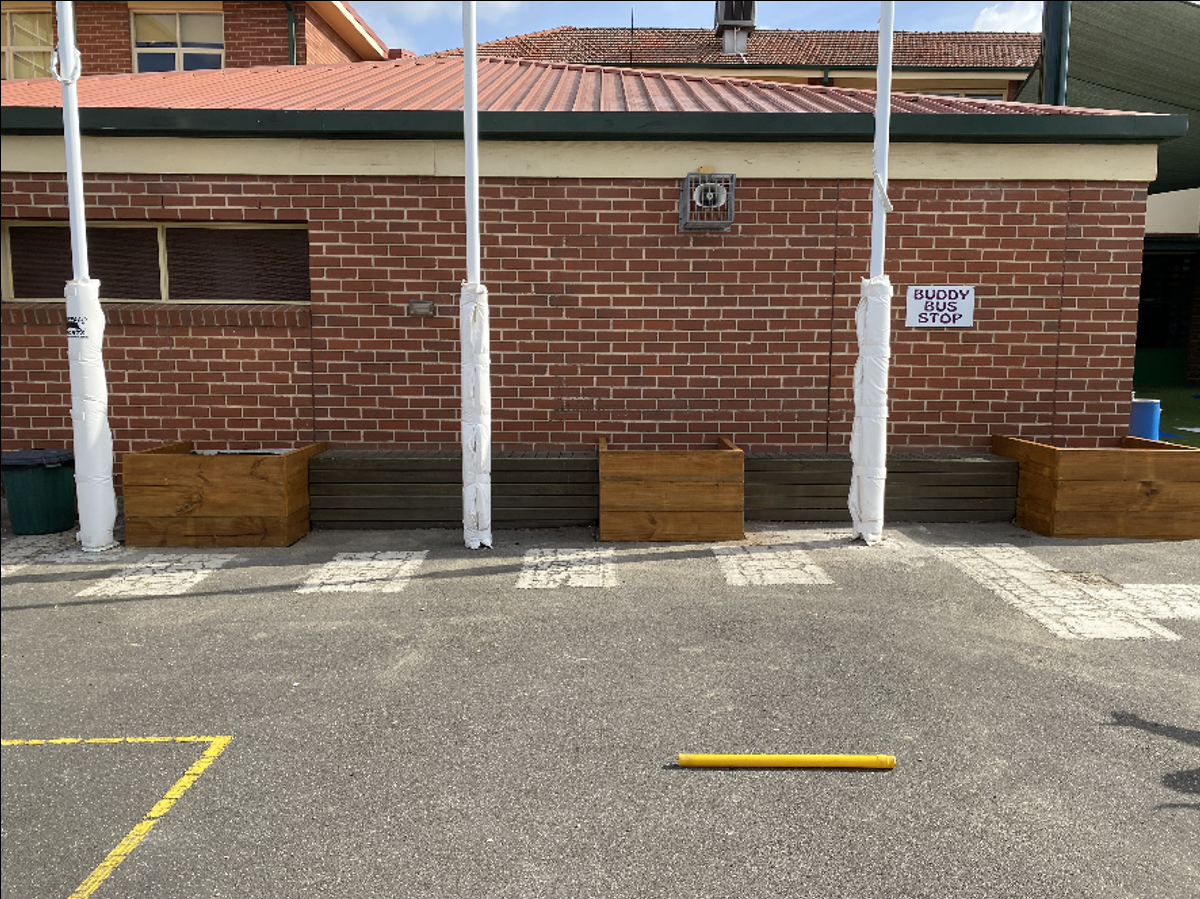

What is happening in Sustainability?
Remembrance Garden.
Last week, we had a group of workers at our school. They were busy building three planter boxes behind the flagpoles in Saunders' yard. The purpose of these planter boxes is so that we can create a Remembrance Garden, remembering all those who have fought in the war.
During our sustainability focus groups, the children from Foundation to Year Four engaged in researching various flowers that represent Remembrance Day. We discovered that the centennial rose, the RSL rose, cornflowers, daisies, rosemary and forget-me-nots, are all flowers that are suitable for our Remembrance Garden. Our learners continued by designing their personal Remembrance Day garden. These designs will be used to create our Remembrance Garden.
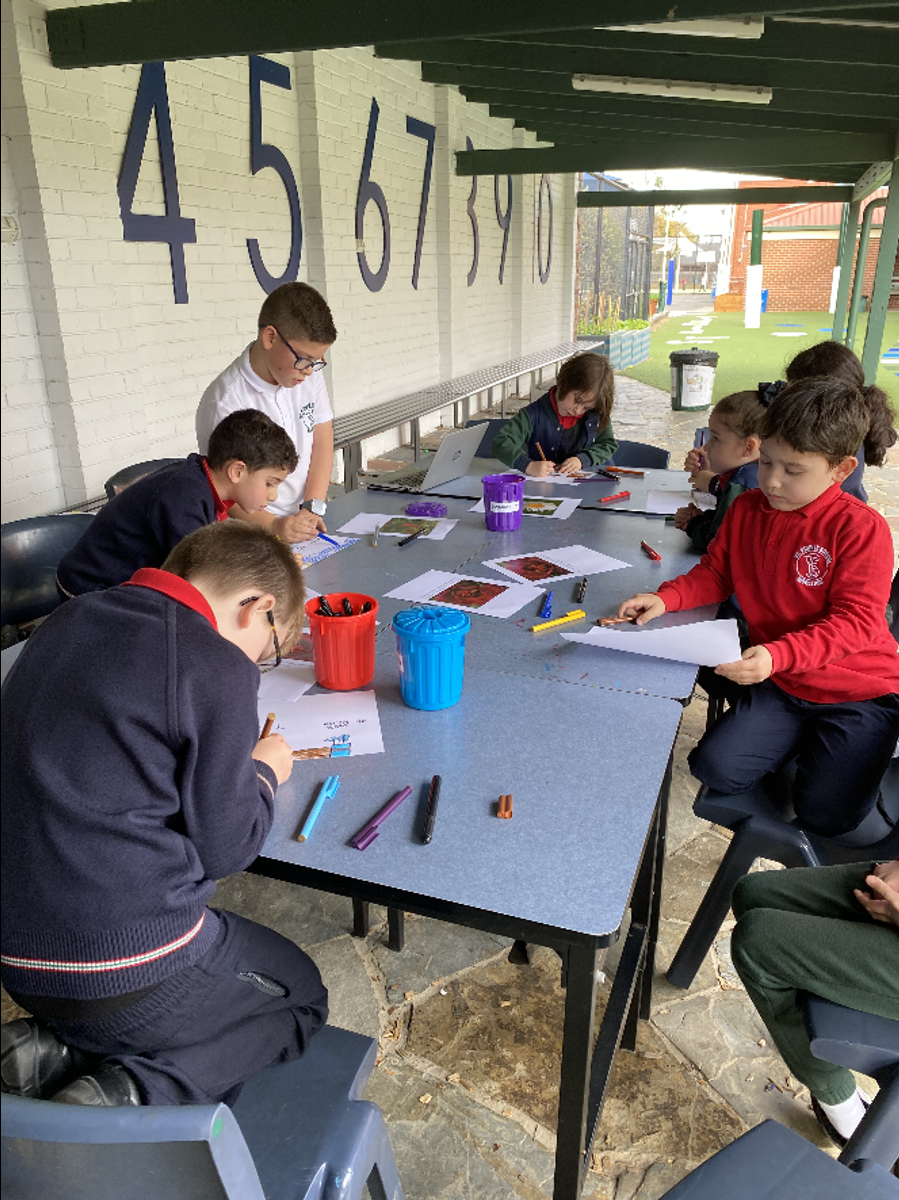
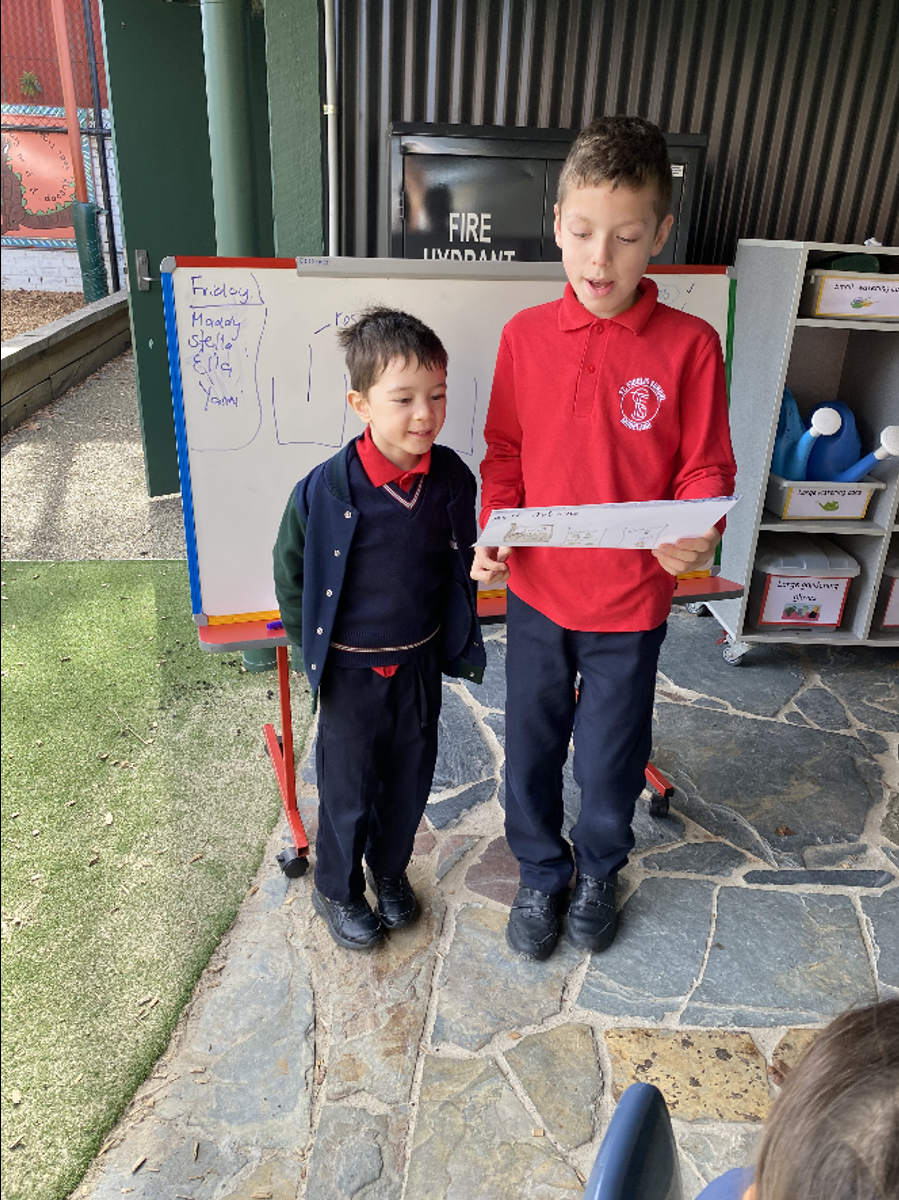


Indigenous garden
As a learning community, we are engaging in designing an Indigenous Garden outside the SLA. We began this mini-project last term by researching various suitable indigenous plants. The children discovered that there are indigenous plants that could be suitable for our garden. This term, various children will have the opportunity to continue with this mini-project throughout the year.

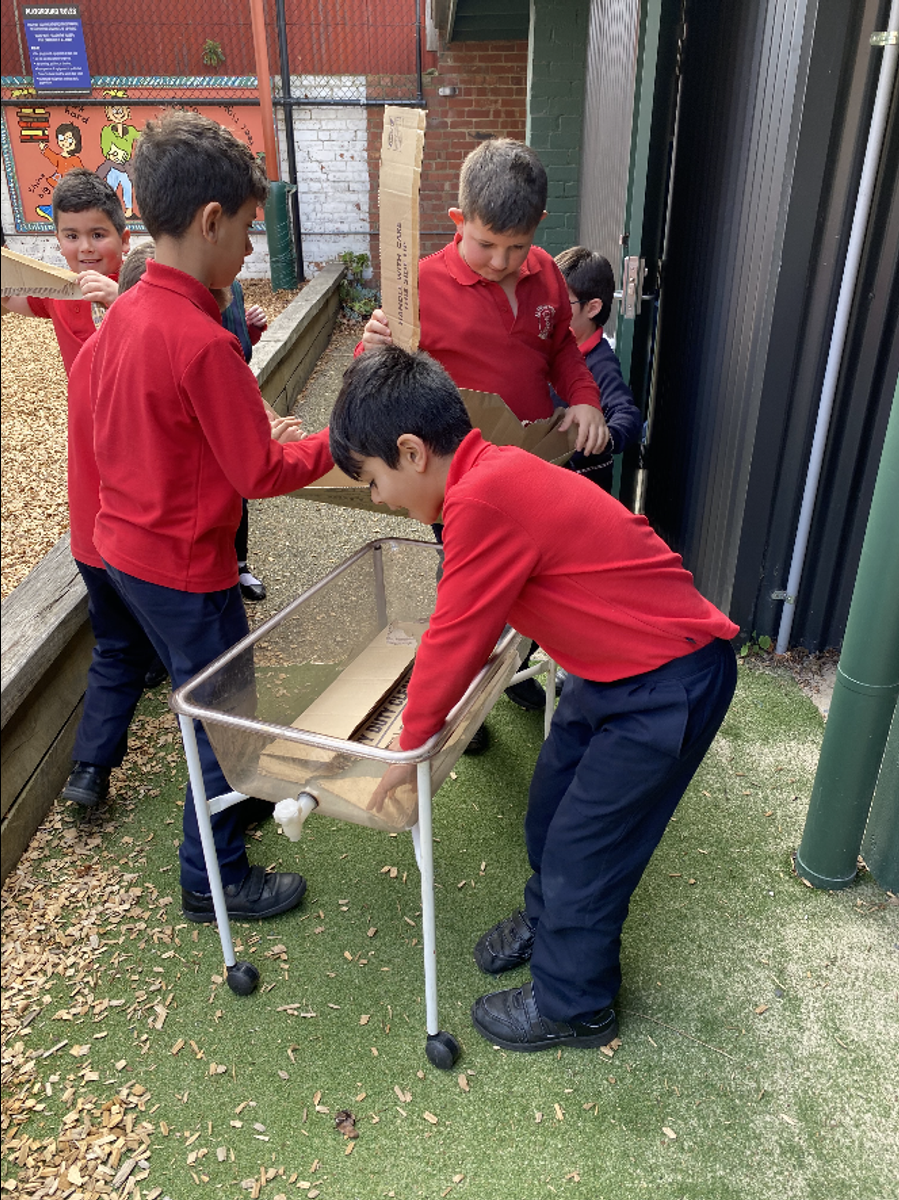
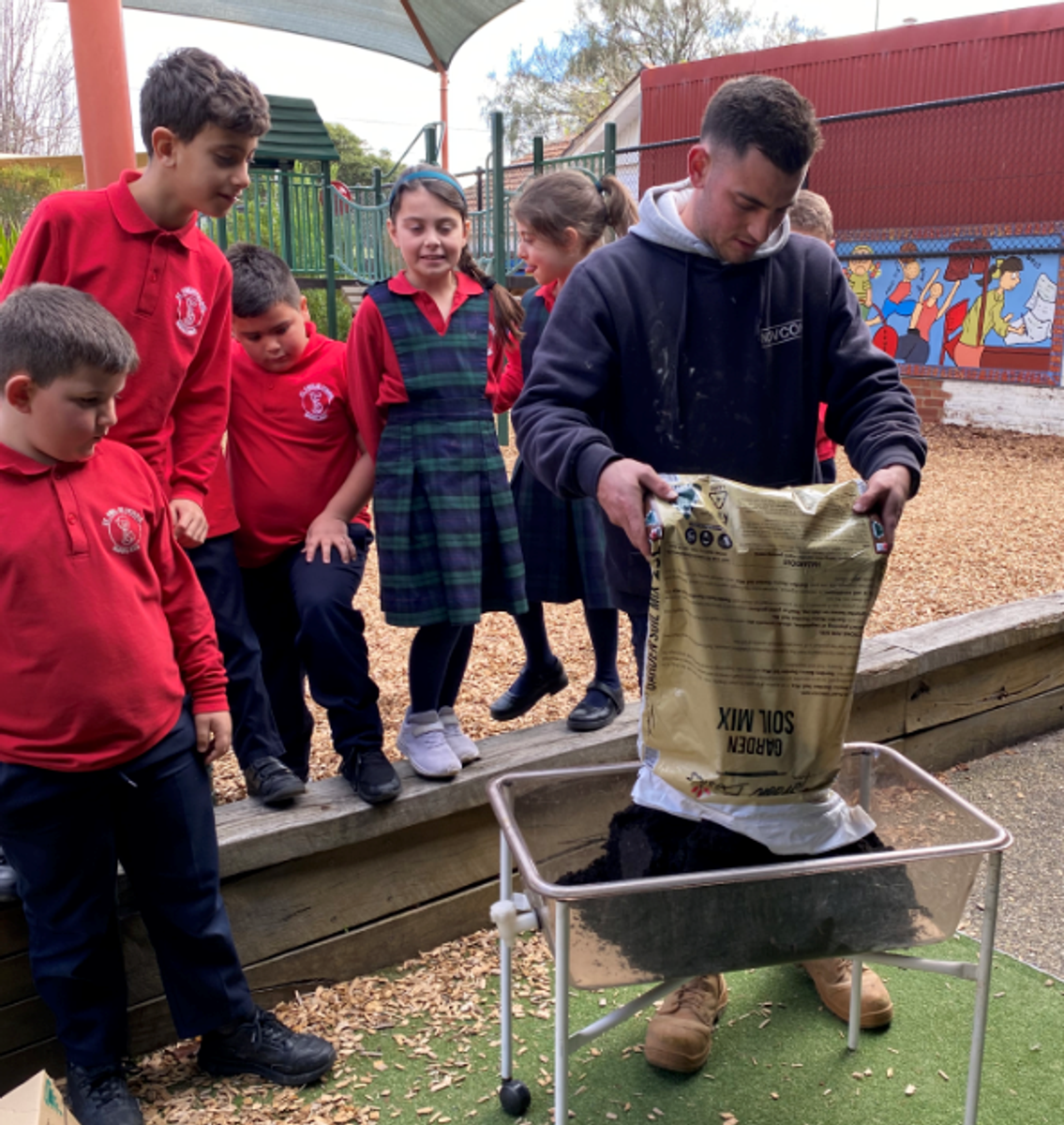



Strawberry mini garden
The children are so excited to establish a mini strawberry garden at school. They decided that they would use a plastic tub to plant the strawberries. They began by lining the tub with cardboard and filling it with soil. This week we will investigate the price of strawberry plants and how many we will need to fill our tub.
Mini market.
Thank you to the children that took the time to sell our produce after school on Friday. We sold lettuce and seed spheres. Throughout the day, the children harvested the lettuce and prepared the mini market. Thank you for your much-appreciated time and devotion to our market. We are so excited to say that we sold all the lettuce and made $76.50. The money raised will be used to purchase more vegetables and strawberries for our garden.
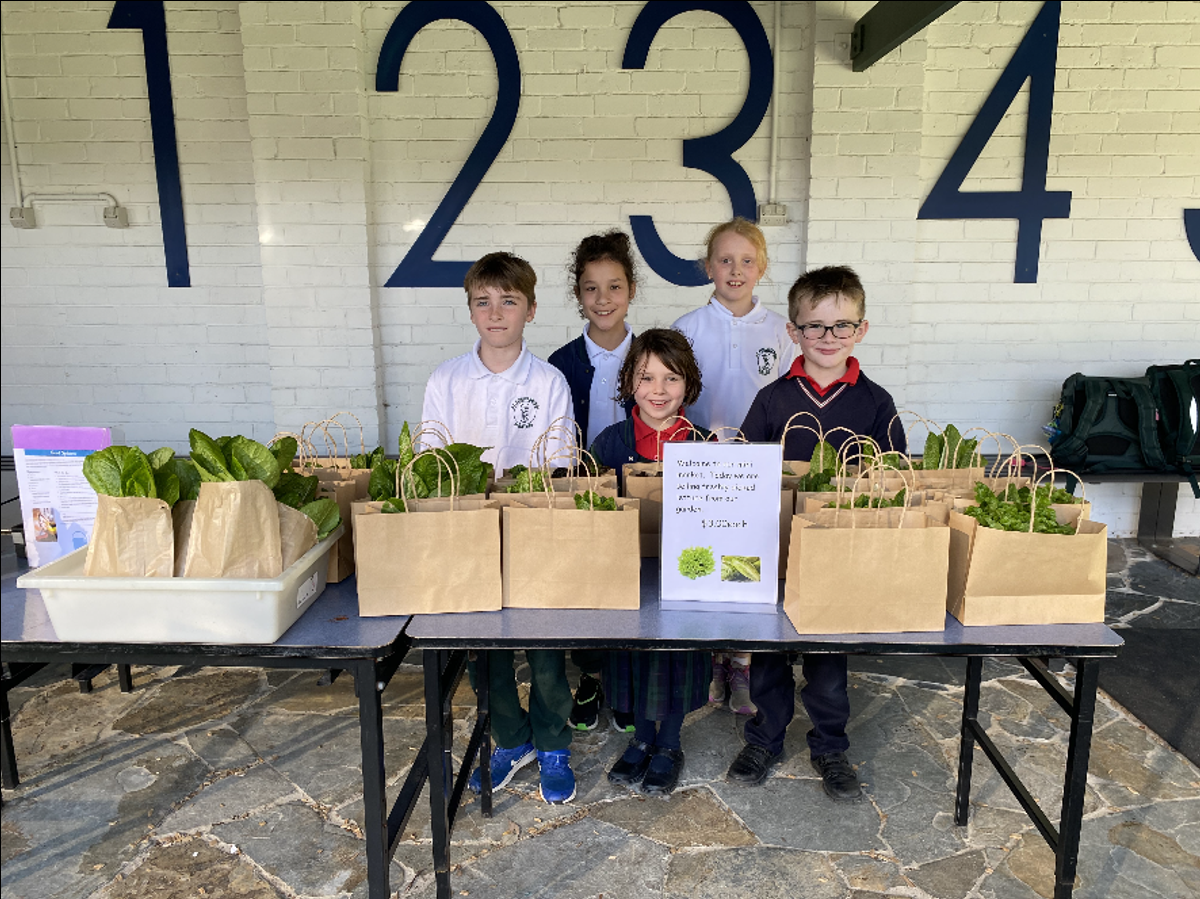
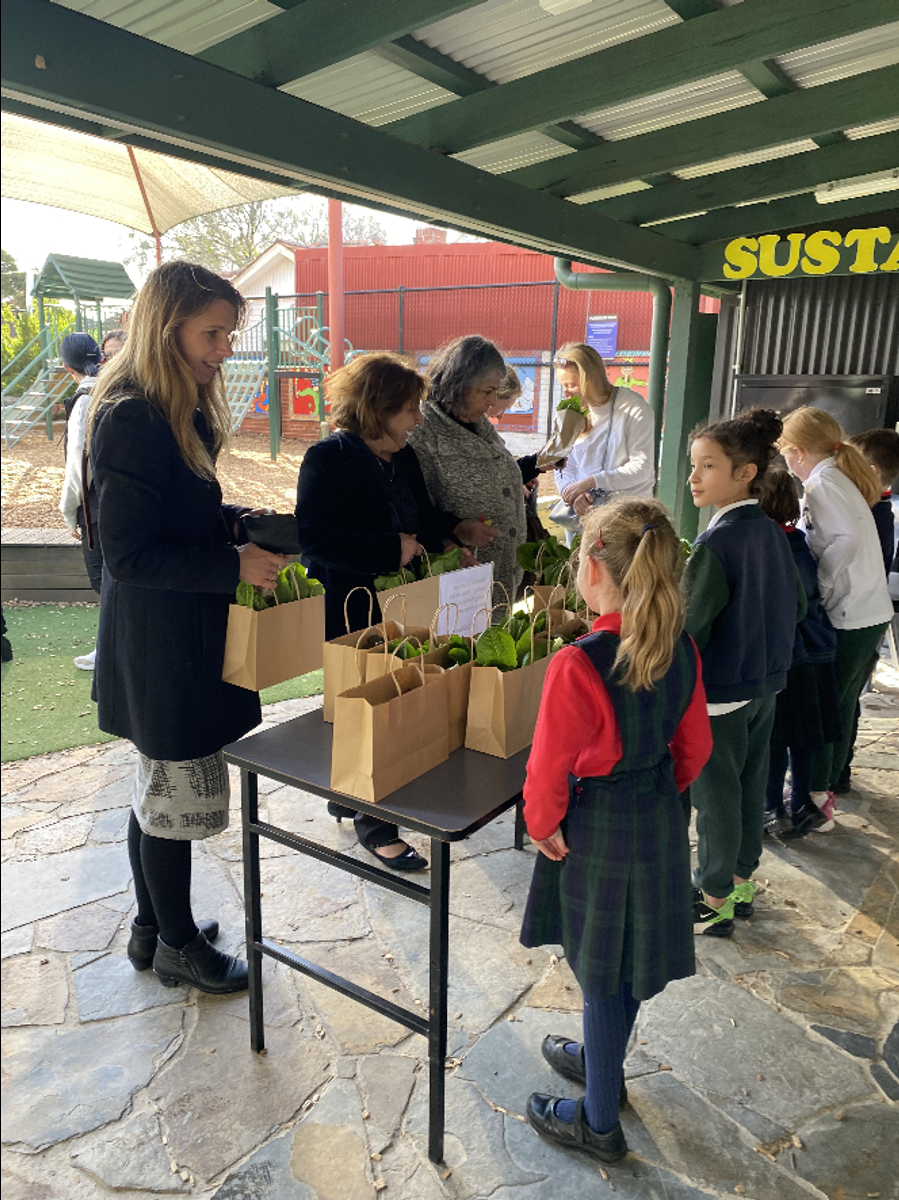


Thank you to Monte, Stella, Poppy, Sam, Georgia & Hugo great team work.
I am attaching an article I read recently that may help you and your child with learning the timetables. This has come from https://komodomath.com/
The big thing to consider is how your child learns. Last week I added an App that helps children who learn by singing and moving. Remember, we want our children to understand the tables too. They won't always be able to instantly recall, so what can they do when they forget one of them? Do they have strategies to help jog their memory? This is the most important thing we want our children to have.
If I forget 8 x 6, I may be able to recall it by saying I know 9 x 6 and so it's one 6 less, or maybe I know 5 x 8 so it's one more 8.
Times Tables (or multiplication tables/facts) seem easy when you've already learned them but they drive fear into many children - and this in turn has a negative effect on learning. In this article, I'm going to look into learning times tables, help you identify your child's knowledge of them and provide some useful tips on how to help at home.
Firstly, find out which tables they know and don't know - It makes sense to take stock of where your child is with tables before trying to help them. To do this we've developed a unique new tables quiz that identifies exactly where to start. Kickstart not only identifies which tables your child knows but it will also guide you in which are truly mastered.
So Let's Start Learning Tables
Think of the times tables like a daunting climbing wall - when you're a first-timer standing at the foot looking up it's scary - but once you start making a few hand and foot holds it gets much easier.


This diagram shows the 81 times tables multiplication facts that every child needs to commit to memory - we'll leave the 11 and 12x tables aside for a moment. One secret is choosing the right route - we'll deal with that later but first, let's consider what we mean by "commit to memory" and "mastering."
It's tempting to think that being able to answer the timestables and mastering them is the same thing. Unfortunately, they aren't. Children need to be able to recall any times tables answer within two or three seconds - preferably in one second. That leaves no time for counting the way up to the answer from 2x, 3x, 4x etc - the answer has to pop out of memory pretty much instantly. It sounds harsh but this level of "number fluency" is the ideal foundation for any child - so how do we get there?
What Order Should We Learn Times Tables In?
We, of course, start with the easy tables first - the Easy Times Tables are the 10x, 2x and 5x times tables. The 10x tables are a natural part of counting, the two times tables are familiar because of doubling, even numbers and they simply chant so well 2, 4, 6, 8, who do we appreciate. . . The 5x tables are helped by knowing the 10x tables and the fact that we have 5 fingers.
There's some debate as to which are easiest from here but the 4x, 9x are usually next. The 4x tables are double the 2x tables and the 9x tables have a few shortcuts to help you learn them. After this, you could the 3x tables followed by the 6x tables. Then the 8x tables and the 7x tables - which are generally regarded as difficult.
Language and Times Tables
There are many different ways to say the tables and they're all correct - but it helps if you're consistent and if you adopt the language your child already uses at school. For example, we have:
So just be aware that what makes sense to you might confuse your child.
What are the Methods for Learning Tables?
What are the Tips and Tricks for Learning Each Times Tables
Mastering the Times Tables
You can know all the times tables without really going on to master them. So once your child has learned the times tables individually the next stage involves practising recalling them quickly in any random order. The practice can be verbal or written but either way, you're looking for accurate answers within 3 seconds. Mastering arithmetic is what Komodo is all about - it provides an effective and rewarding way to help your child master numeracy or arithmetic at home.
ROBOGALS & AKORN CAVE CHALLENGE
Last Tuesday, the 25th of July 2023, six Year 6 girls participated in the RoboGals and Akorn CAVE CHALLENGE. This challenge was held at the University of Melbourne.
RoboGals and Akorn CAVE CHALLENGE is a hands-on robotics workshop for the girls to learn about various disciplines in engineering and to experience thinking, collaborating and building like an engineer. The Cave Challenge is inspired by the real-life rescue of children from a flooded cave in Thailand.
During the workshop, the students had to engineer a structural design so that the entrance of a cave would not collapse. Their designs were amazing. The girls planned a two-dimensional design and then used a variety of materials to construct a structure to keep a cave entrance secure and safe to enter and exit.
The girls received a LEGO Mindstorm robot. They had to think, collaborate and code their robot to rescue the children who were trapped in a cave and return them safely to the cave. It was wonderful to observe how the students communicated with each other and programmed the robot using a variety of coding instructions to make the robot navigate through the cave, locate the children and travel back safely.
On the day, the six students also had the opportunity to explore the grounds of the university. It felt like we were in another country. I mentioned to them, “Who knows? One day it could be you studying at this university. How cool would that be?” The girls were in awe and wonder!
I would like to congratulate the following students Catherine Francione, Genevieve Mmadike, Isabella Joson, Maya Woodhouse, Hunter Fitzgerald and Madeleine Leahy for participating at the RoboGals and Akorn CAVE CHALLENGE. A big thank you to Sandra Joson (Isabella’s mum) for volunteering to come along and support the girls on the day. Well Done Girls!
